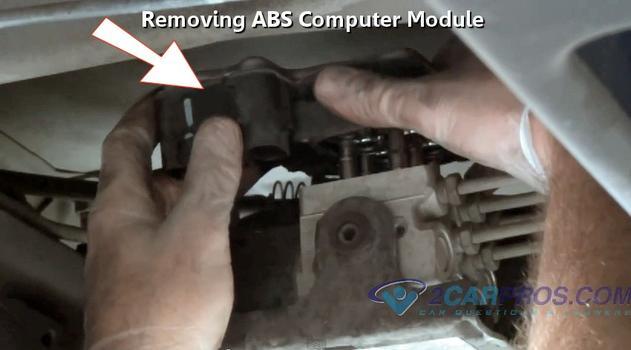A cracked brake shoe/pad would show up as noise and possible a shake when applying the brakes. It would not usually trigger an ABS light. However a cracked ABS tone ring, bad sensor, broken wiring, bad wheel bearing or faulty ABS module can all cause an ABS light. All of which are basic checks a tech should look at if there is a light depending on the code in the system. That is because many of them can mimic each other. For instance a cracked tone ring will show as an intermittent signal, as would a failing wire or loose sensor.
The problem many time is that shops do not keep up with the technology on vehicles. These days there are more computers on board the average car than were on the space shuttle! However, once you learn how they operate and understand that the codes that come up are not "this part has failed, change it" but rather "I see a fault in this system, please check over the associated parts" it gets far easier to do a proper repair. But there are places that refuse to learn the systems or just opt to do what many here call "fire the parts cannon" IE: let's swap any part related to the system in the hope that one fixes it. That gets very expensive and may not actually repair the problem. That is when you get an explanation of "Well we got code P0XXX before and if it comes back it must be something else"
This is one of the things that makes the industry look like crooks. That and the "they do not know what is going on so charge them more" attitude in some shops, being the larger ones. Thing is that doing the proper diagnostics and then replacing the actual faulty part is 99% of the time faster and easier overall. Which also means the vehicle gets repaired and the customer gets a lower bill.
Tuesday, July 17th, 2018 AT 10:09 AM



